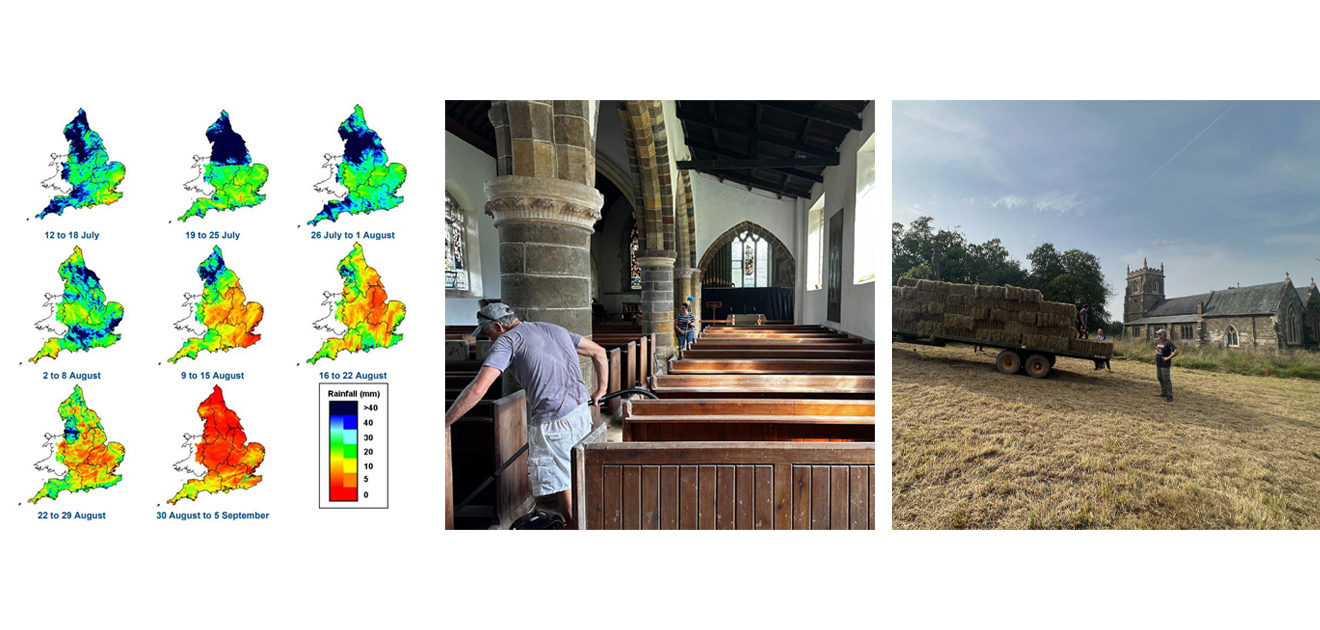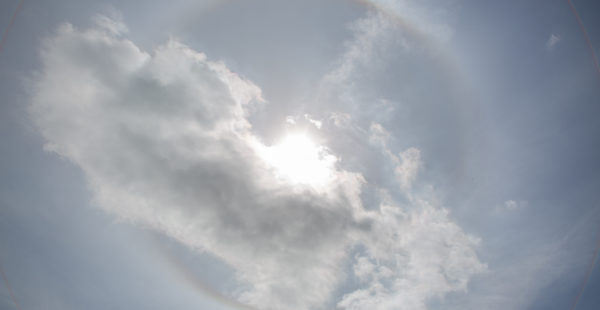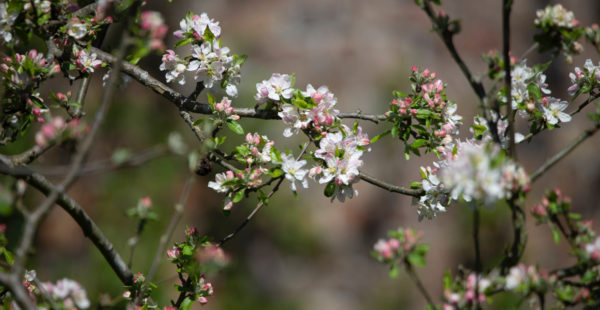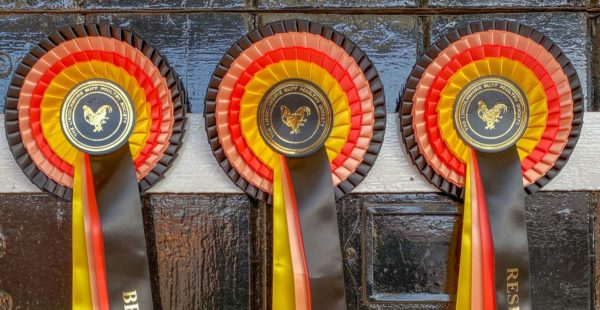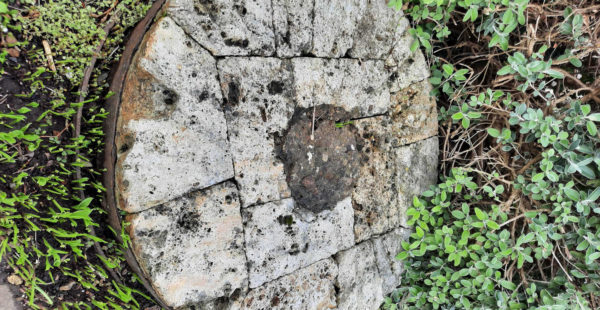A Week on the Estate: Fidgety Jetstream, Autumn Resumes & Making Hay
We hope you enjoyed or at least endured last week’s unseasonable and record-breaking heat. The next week’s weather is set to revert towards an early-autumn norm with scattered showers and temperatures in the 23C-10C range.
As the below snapshot from the Environment Agency shows, summer has bounced from very wet to very dry – and from strangely cool to uncomfortably warm – without a happy medium. According to the Met Office, last week was the first time UK temperatures had exceeded 30C for six consecutive days in September. Heathrow Airport recorded 32.7C on Saturday 9th September, the year’s highest temperature so far.
Much of our summer and early autumn were shaped by energetic North Atlantic weather patterns that dragged the jetstream from south to north and back again. During July and August, we found ourselves north of the jetstream and on the receiving end of cool, maritime weather. As we entered September, a particularly active tropical cyclone system pushed the jetstream well north of us and drew in warm air from Southern Europe and North Africa. For a week or so, we found ourselves at the wrong latitude.
Climate change means both more frequent and sustained heatwaves and more erratic weather generally. We’re grateful to the Estate team and our harvest contractors for making the best of challenging conditions. We’re also reaping the benefits of our regenerative and responsible approach to land management. Clear and well-maintained water courses and drainage ditches are important in both dry and wet weather. Kilometres of thick, healthy hedgerow and stands of mature trees provide shade and shelter for livestock and wildlife. Soil that is minimally disturbed and protected by cover crops establishes strong root networks and resists both wind erosion in summer and wet run-off in winter. These measures will continue to prove their worth in years to come.

